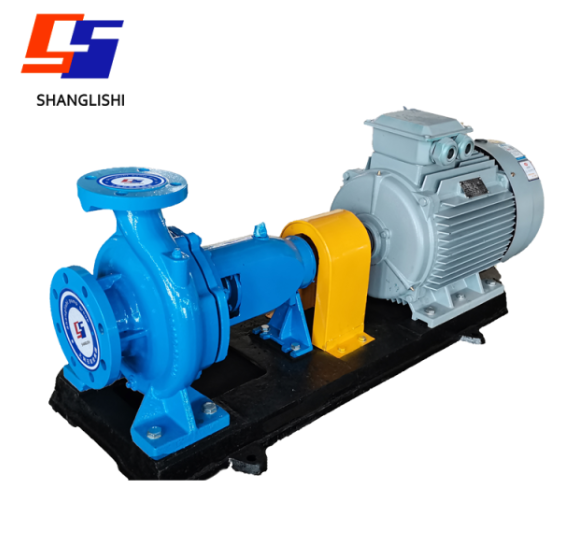Differences Between Diaphragm Pumps and Centrifugal Pumps
Published:
Sep 14,2024
When selecting the right pump for your application, it's crucial to understand the differences between diaphragm pumps and centrifugal pumps. Both types of pumps have their own set of advantages and disadvantages, making one more suitable for certain applications than the other.

When selecting the right pump for your application, it's crucial to understand the differences between diaphragm pumps and centrifugal pumps. Both types of pumps have their own set of advantages and disadvantages, making one more suitable for certain applications than the other.
Diaphragm Pumps
Diaphragm pumps, also known as membrane pumps or air-operated double-diaphragm pumps (AODD), are positive displacement pumps. They move fluids by using a flexible diaphragm to create a vacuum or pressure in a chamber. They are widely used in industries such as chemical, pharmaceutical, food and beverage, and mining due to their ability to handle a variety of fluids.
Advantages of Diaphragm Pumps:
1. Ability to Handle Viscous and Abrasive Fluids: Diaphragm pumps can manage a wide range of fluids, including those that are viscous, abrasive, or shear-sensitive.
2. Self-Priming: They can start pumping without the need for external priming.
3. Solids Handling: Capable of handling fluids with small solids or particles without clogging.
4. Suction Lift: They can create suction lifts up to 20 feet, making them ideal for lifting fluids from lower levels.
Centrifugal Pumps
Centrifugal pumps are dynamic pumps that use an impeller to move fluids by converting rotational energy into kinetic energy. They are commonly used in oil and gas, water treatment, and HVAC industries.
SS(R) Series Single-Stage Centrifugal Pump
Advantages of Centrifugal Pumps:
1. High Flow Rate: Ideal for applications requiring large volumes of fluids.
2. Low Maintenance: Few moving parts mean less maintenance is required.
3. Cost-Effective: Generally less expensive than other types of pumps.
4. Energy-Efficient: Can save on energy costs due to their design.
Comparison:
1. Flow Rate: Diaphragm pumps typically have a lower flow rate and are better suited for low flow applications, whereas centrifugal pumps handle high flow rates effectively.
2. Fluid Type: Diaphragm pumps are suitable for viscous and abrasive fluids, while centrifugal pumps work best with clean, low viscosity fluids.
3. Maintenance: Diaphragm pumps require more maintenance due to their more complex design with more moving parts.
4. Cost: Diaphragm pumps are generally more expensive upfront compared to centrifugal pumps.
5. Efficiency: Centrifugal pumps are more energy-efficient but have a narrow optimum operating range and efficiency point, unlike diaphragm pumps which provide consistent reliability over a wider operating range.
Conclusion:
The choice between a diaphragm pump and a centrifugal pump depends on the specific needs of your application. If you require a pump that can handle low flow rates and a variety of fluid types, including those that are viscous or contain solids, a diaphragm pump may be the best choice. However, if you need a pump for high flow rates with clean and low viscosity fluids, and are looking for a more energy-efficient and cost-effective solution, a centrifugal pump could be the right fit. It's always a good idea to consult with a pump specialist to determine the best pump for your specific needs.
Do you want to receive more information about Shanglishi centrifugal pumps? Then we are happy to answer your questions. Fill in the contact form or send an email to https://sls-pump.com.
Keyword:
centrifugal pump
Recommended
SHANGLISHI PUMP GROUP
Department Director: Ms. Wang
Tel: +86-311-82725800/82725629
Email: admin@sls-pump.com
WhatsApp: +86 15830676372
Mobile Website

Mobile Website
Copyright © 2022 SHANGLISHI PUMP GROUP



